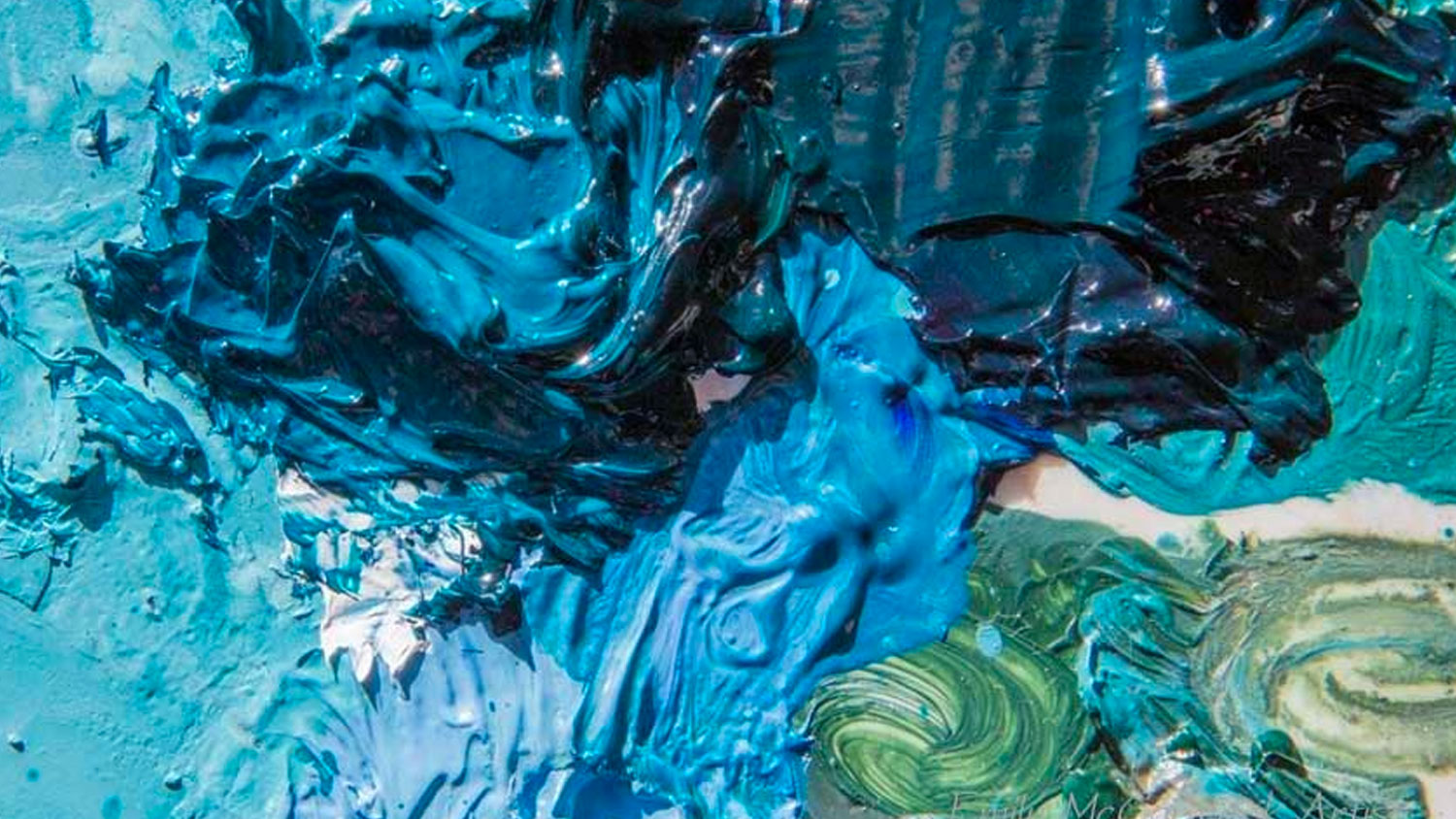
Blue, with its vast range of hues, has always been a captivating color for artists throughout history. Its versatility and depth evoke myriad emotions, from the calmness of a cerulean sky to the melancholy of a stormy sea. As an artist, I’ve had the privilege of playing with various shades of blue, each bringing its own unique character to a canvas. Let’s embark on a journey to explore some of the most commonly used blue colors by artists and delve into the distinct qualities of each.
Each blue has its charm, its strengths, and its ideal scenarios where it shines the brightest. As with all things in art, the beauty of these pigments lies not just in their individual characteristics, but in how they interact with other colors, how they layer, blend, and contrast.
In my own work, whether it’s a Smoky Mountains vista, a scene from the heart of North America, or a captivating black bear in deep snow, the choice of blue forms the emotional core of the piece. The sky, the water, the hint of blue in shadows – they all echo the sentiment I want to convey.
To all budding artists and art enthusiasts, I encourage you to explore these blues. Play with them, mix them, and watch the magic unfold on your canvas. After all, in the vast spectrum of artistic expression, blue is not just a color; it’s an emotion.
Fresh Updates from the Studio